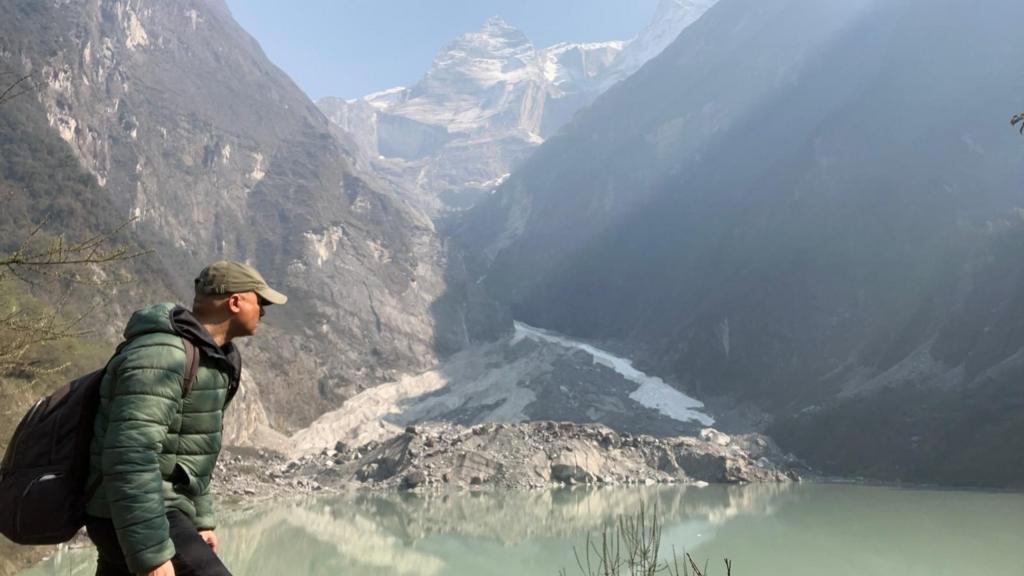Having grown up in Kathmandu, Nepal, with breathtaking Himalayan views, I now find those panoramic vistas increasingly obscured by severe air pollution.
Even during traditionally clear spring and autumn months, the haze now frequently prevents any glimpse of the majestic peaks.
Last April, my international flight circled Kathmandu almost twenty times due to poor visibility caused by the haze.
My subsequent two-week stay offered no clear days, even from vantage points where the mountains are usually visible.
Even Nagarkot, renowned for its mountain views, presented only a thick haze, effectively hiding the Himalayas.
“I’ve had to rebrand my Nagarkot hotel, shifting from ‘sunrise, sunset, and Himalayas’ to emphasizing history and culture,” says Yogendra Shakya, who has operated a hotel there since 1996.
Similarly, a recent trek in the Annapurna region yielded disappointing results due to persistent haze.
Scientists attribute this worsening haze to increased intensity and duration of polluted air, significantly reducing visibility to under 5,000m (16,400ft).
This stagnant haze, exacerbated by climate change’s extended dry season, impacts the region’s tourism industry significantly.
The traditional peak tourism months (March-May and October-November) are now frequently marred by poor visibility, with haze extending into December.
Lucky Chhetri, a prominent female trekking guide, reports a 40% decline in business due to the hazy conditions, even compensating some trekkers for the lack of Himalayan views.
Long-time visitor John Carrol describes the lack of mountain views as “a major let-down,” a stark contrast to his earlier experiences.
Krishna Acharya, from the Trekking Agents Association of Nepal, highlights the industry’s distress, with many operators considering career changes.
The problem extends to India, where hoteliers and tour operators report denser and more persistent haze.
Malika Virdi, of a community-run tourism business in Uttarakhand, notes less frequent rainfall prolongs the haze.
While some tourists return for another attempt, the western Himalayas in Pakistan, though relatively less impacted, still experience reduced visibility.
Asif Shuja, former head of Pakistan’s environmental protection agency, confirms this decline in mountain visibility.
South Asian cities consistently rank among the world’s most polluted, with detrimental effects on public health, causing frequent travel disruptions and school closures.
Vehicular and industrial emissions, construction dust, and the burning of waste and agricultural residues contribute to the year-round pollution.
This is worsened by increased forest fires during the longer dry season, and atmospheric conditions trap pollutants, limiting their dispersal.
Dr Someshwor Das of the South Asia Meteorological Association confirms the increasing haze and dust storms, projecting a continuation of this trend.
Pokhara airport recorded 168 hazy days in 2024, a dramatic increase from 23 in 2020. Experts consider the Himalayas the world’s most affected mountain range by this pollution.
The iconic Himalayan vista may become primarily a memory, limited to photographs and postcards.
“We operate with guilt, unable to deliver the promised mountain views,” laments Ms. Chhetri, highlighting the helplessness faced by the tourism sector.
Get our flagship newsletter with all the headlines you need to start the day. Sign up here.

